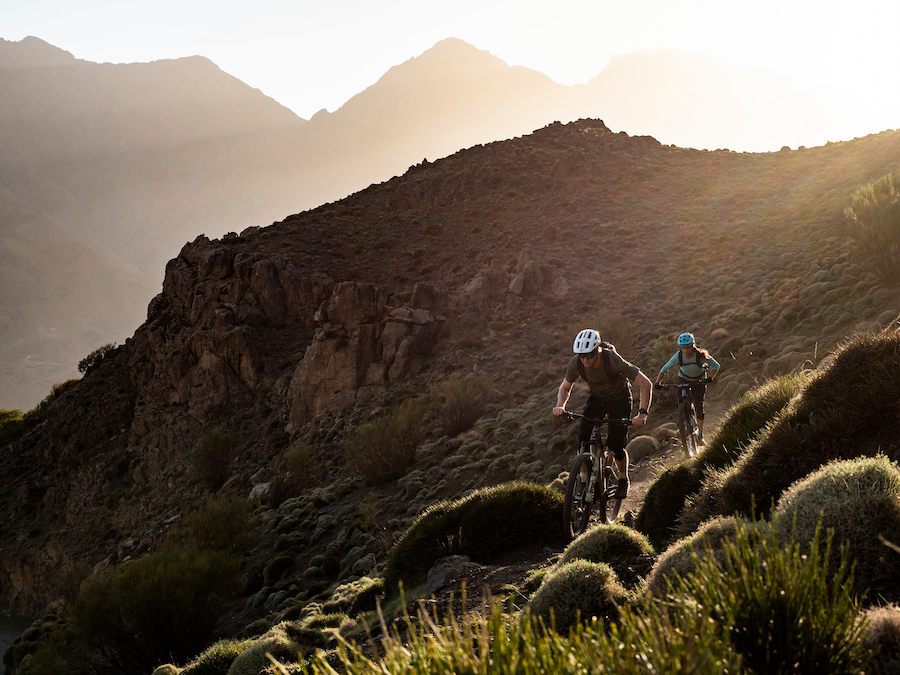There is a delicate balance between ‘type 1’ and ‘type 2’ adventure. Cross that line, and real-time enjoyment quickly descends into the experience that makes you wish you were elsewhere.
In reality, ‘Type 2’ fun is never fun at the time, but something you look back on later and smile. Given enough time, long after the bruising, anxiety, or frostbite has waned, you might even consider seeking it again.
Type 2 fun is something I’ve found to be just part of the deal when hauling bikes through some of the world’s most remote places over the last three decades. But hanging from a vine while fire ants devour your fingers is the kind of thing we’re told defines adventure; it sure isn’t the real reason we go looking for adventure. Adventure’s true rewards are way more pleasant: a chance to push yourself into new experiences while learning more about a new place, the people who call it home, and yourself.
No matter your experience, adventure is merely defined by having an uncertain outcome, and luckily, our beautiful planet is packed with incredible singletrack with excellent views that provide the opportunity to find it.
But sometimes, working out how to reap adventure’s rewards can seem inaccessible. So here are my six steps to planning an adventure to help you get started.
Step 1: Find Your Starting Point
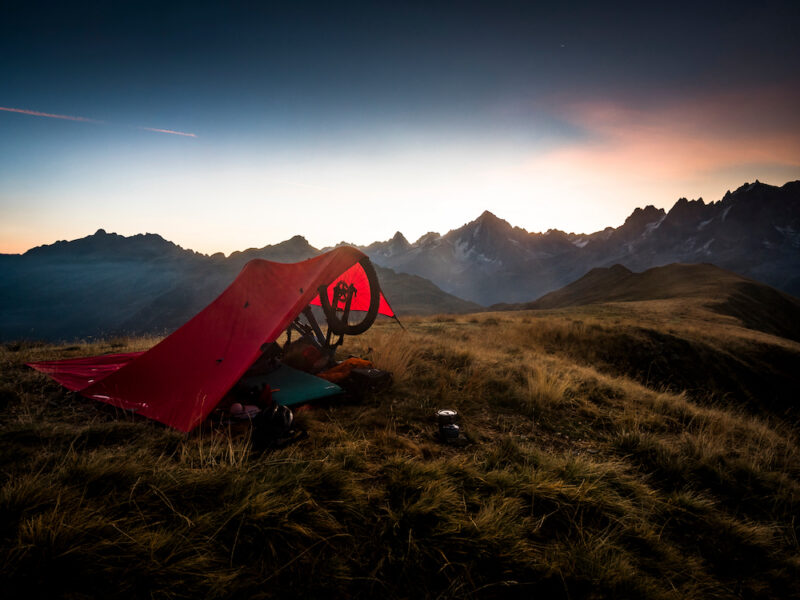
What entails adventure depends on your starting point, physically and mentally. It’s easy to think that exotic locations steeped in cultural experiences and dramatic landscapes — like Morocco’s Atlas Mountains or Nepal’s high Annapurna— are the only places to find adventure. However, local destinations can easily deliver adventure rewards, too, if approached correctly.
For example, a summer night’s bivouac slides further along the adventure scale if you choose a wilder location and throw in some cooler autumn temperatures.
Alternatively, lashing your bikes to cheap inflatable dinghies and towing them behind kayaks to reach a lochside trail (as we did in Scotland), or floating down a navigable river on a truck tire innertube or a packraft (as we did in France), can unlock the kind of challenge and experiences that dish up adventure without the long-haul flight to Mongolia.
Wherever you choose, the important thing is to start your adventure journey with a challenging but achievable aim, do it in an accessible location with safety close by, and build from there.
Step 2: Planning Your Adventure
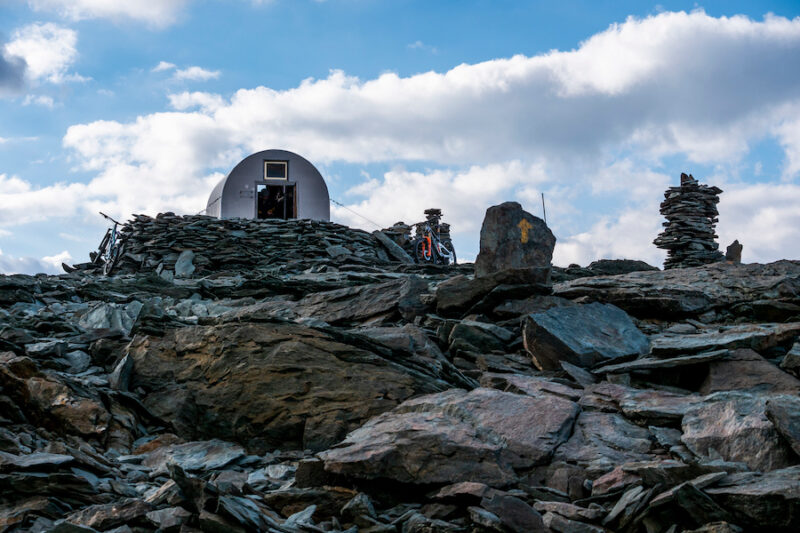
Inspiration for adventure can come from myriad sources, and finding it is usually just a click away. An online photo of a spectacular ridge line, flowing mountain trail, or even a beautiful tree (as lured me to ride a 6-day trail in Lebanon) might ignite your imagination.
Or the simple need for winter sun might have you pouring over Mediterranean island trail maps in your local bookshop. Googling phrases like long-distance hiking trail in…” is a great way to find adventure-orientated courses, and I often hunt long-distance trekking routes on sites like Wikiloc to form the basis of my bike adventures, including a 6-day circumnavigation of Russia’s Mount Elbrus.
Cheekily rummaging in the websites of guided trekking companies can spark ideas for locations for your bike adventure, and glancing at their photo gallery can give a picture of the kind of trail awaiting and how the riding might translate. Look past the photos of smiling hikers and at the backgrounds to see the terrain and topography. Ask yourself whether it looks too technical, accessible, steep, or even death-threateningly exposed to ride. Calculated guesses like this are a gamble, of course, but they can pay off.
Once you have an idea in place, Google Earth is a useful tool for double-checking terrain and trails, but what looks good from the air doesn’t always translate to good quality riding on the ground: both hard-pack and sand look the same from space.
Still, satellite imagery lets you know where a trail leads and the geographical challenges it will throw at you, whether you’re trying to follow a 100-year-old disused railway in Argentina or traverse Wales off-road.
Step 3: Commit to your Adventure
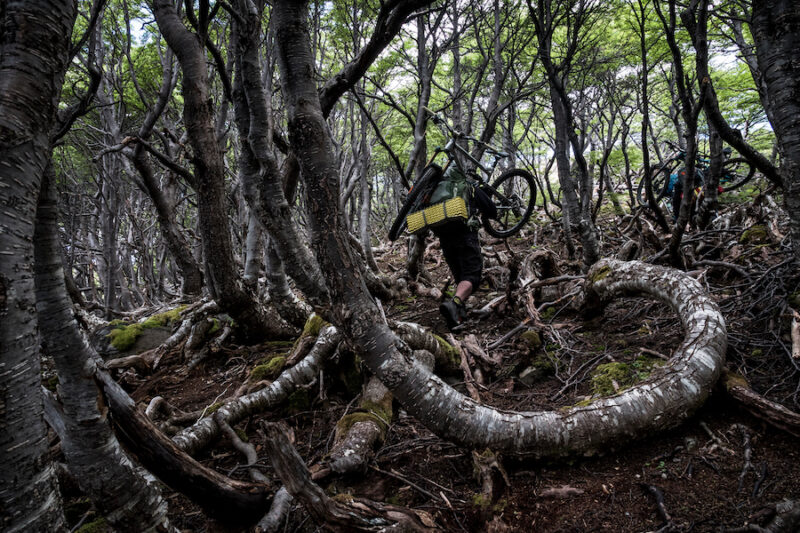
Cliché or not, the adventure starts where your comfort zone ends, so you’ll need to be ready for discomfort and know how far you’re willing to go, physically and mentally (and yes, the two are connected). Is your adventure plan to pioneer a new route and shoulder your bike for hours over towering peaks, or is it about just pushing yourself into new experiences in new surroundings and sharing those moments with friends?
A simple starting point is to consider the riding you prefer, find some appropriate trails to do it on, and then add an extra challenge into the mix. This could be the requirement to sleep out overnight or find your way back in the dark, trusting lights and your navigation skills. Now, your simple weekend ride just became an ‘adventure.’
Is there a refuge, shelter, or pub en route, or must you carry a bivouac or sleeping bag? How much of the route can you ride, how much will you be pushing, and are you happy carrying your bike for an hour or three? There are many questions to consider, but there is only one way to find the answers.
Step 4: Plan the Logistics of Your Adventure
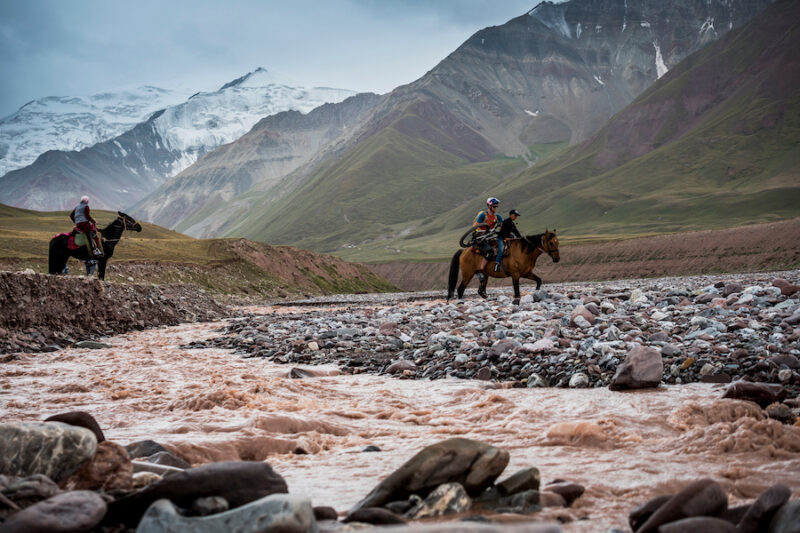
Now you’ve got your destination in mind, the next step is to look at getting to it, when to go, and how you’ll get about, eat, and sleep when you’re there. Logistics in your home country is straightforward, but overseas logistics can seem daunting and impenetrable.
Oddly enough, dragging a bike about most far-flung corners of the globe is relatively easy once you leave behind the Western world’s regimental attitudes and risk-averse regulations. You’ll likely get your bike on any bus, train, or taxi roof in most countries across Latin America, Asia, or Africa if you have a few extra dollars in your pocket and a smile on your face (and a spare bit of rope to tie the bike down).
When you arrive, a PRO Travel Case makes moving your bike about easier than a cardboard bike box that becomes an unusable soggy lump when it rains, but it will need stashing somewhere while you’re immersed in your multi-day ride. Most accommodations will have a luggage room to store your bike bag if you stay with them at each end of your trip, even if they charge a little extra for the service.
Is your plan for a multi-day point-to-point or a collection of day rides from a village hub? Using one base simplifies the travel logistics, while a point-to-point brings a more significant sense of achievement. Still, unless you’re willing to bike pack, it often adds a need to hire porter, mule, or jeep support for your luggage —all easy to arrange in many places by asking about locally.
Weather can make or break a trip, so check data for your planned location and let that dictate trip timing. After all, many regions of the world are hit by less-than-inviting monsoons, icy winters, or scorching summers, and even a month later, access and transport can still be impeded. Check day and nighttime temperatures, as both influence the gear you bring or the need to find water along your route.
Learning a few words of another language might help. Just some basics can spell the difference between endless frustrations and being able to find food, accommodation, and transport.
Step 5: Plan an Escape Route
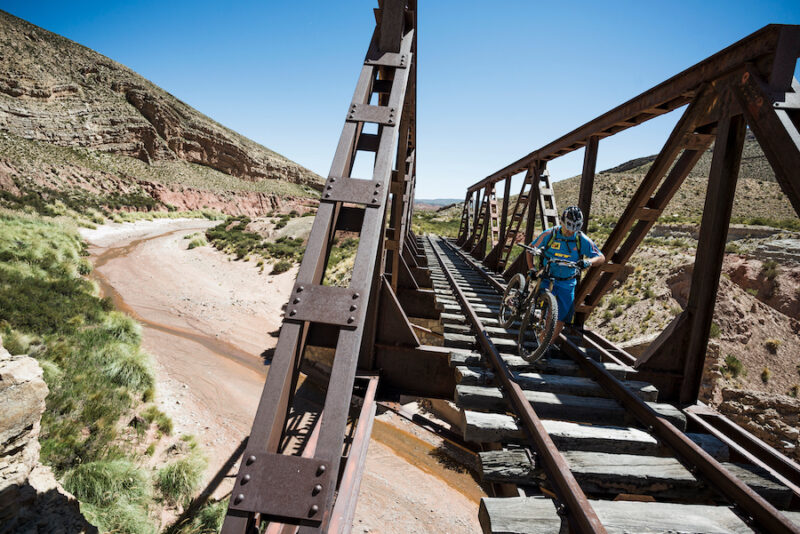
Nobody plans for adventurous type 2 fun to slip into ‘we’re screwed, type 3 fun’, but sometimes things go wrong. Depending on the plan and location, a simple change in the weather, a mechanical issue, or a person’s physical or mental collapse can rapidly become a life-threatening situation that needs addressing.
The implications of altitude, temperatures (both hot and cold), stomach sickness, or an injury might require evacuation, and that may be on the back of a mule to the nearest road, so go equipped with the tools, clothing, and knowledge to avoid trouble ahead or to get yourselves out of it.
Mobile phones are handy emergency communicators, but only if you arm yourself with the local emergency number and have a phone signal. If you have any doubts about coverage, equip yourself with a Satellite Locator Beacon for emergency help, and buy insurance before you go—helicopter rescues aren’t cheap. And no matter where you’re going, have a group chat about what to do if things go wrong before you set out.
Finally, if things go awry in the ground, then be willing to change your plans. Floods, mudslides, blizzards, or heatstroke can frustrate even the best-made plans. Still, unless you have an expedition goal to achieve, whatever the cost, flexibility could mean living to ride another adventure later.
Step 6: If You’re not Ready, Look for a Guided Trip
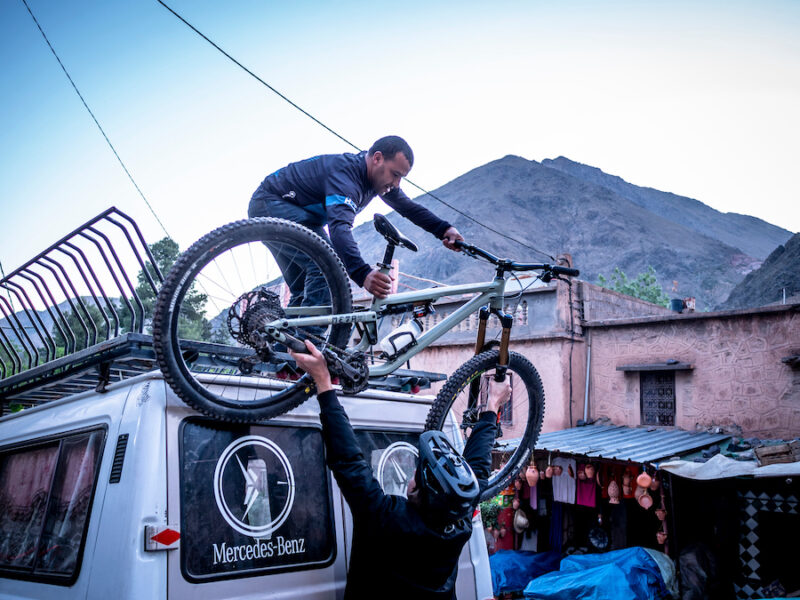
If you’re an adventure virgin and want to head further afield but are wary of the unknowns, then a guided trip is a great way to introduce yourself to the challenges of adventure.
Whether it’s a ride across the stunning Scottish Highlands or through the Indian Himalayas, trusting an experienced guide with the logistics and safety aspects can deliver you an authentic taste of adventure without the stress.
While the curated feel of guided trips might lack the same sense of achievement as a home-grown, self-planned adventure, they allow you to focus on the riding while dipping your toe into the dark, mysterious waters of experience without so much risk. Certainly, guided trips are a great way to learn about adventure, mainly if you’re hankering to ride in an exotic location immersed in rich cultural experiences.
Hopefully, that first adventure, however and wherever you do it, will ignite a passion within and launch you into a world of untold rewards infused with just a little type-2 fun.
*Photos by Dan Milner

